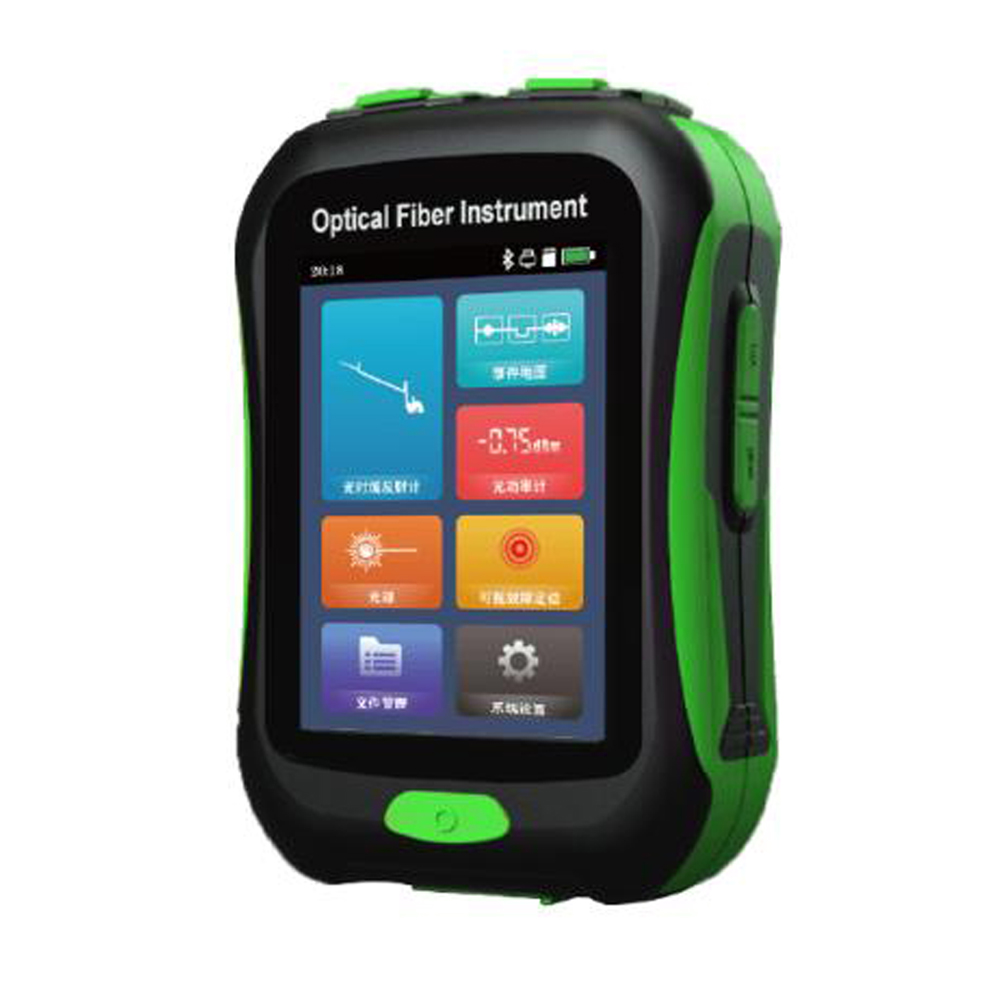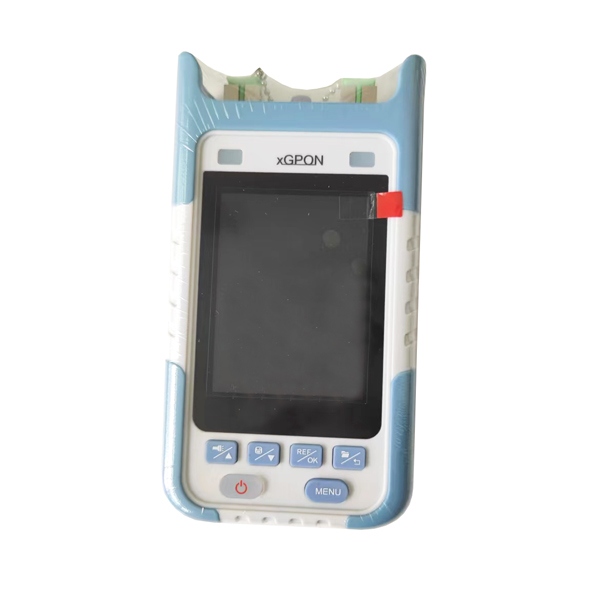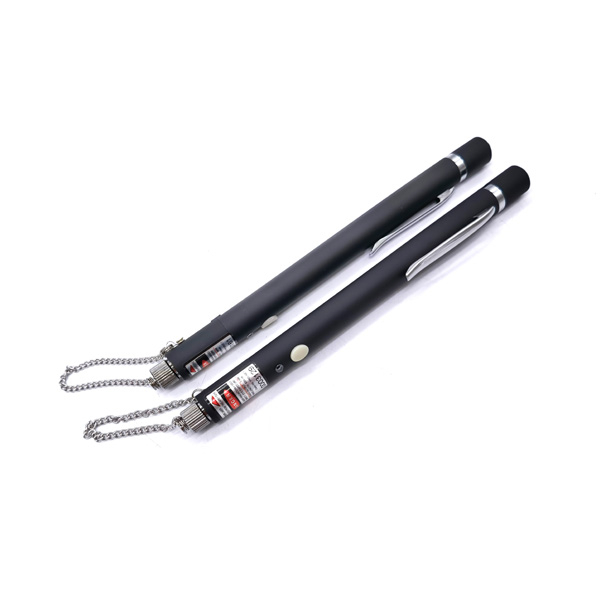In fiber optic testing, common fault types and manifestations are as follows:
Physical connection failure
- Fiber bending: Excessive bending of the optical fiber will cause excessive optical attenuation, the optical modem will light up red or the signal light will flash, causing network interruption. Avoid bending at too large an angle (such as more than 90 degrees) during construction.
- Connector contamination or looseness: Frequent plugging and unplugging or dust contamination of the fiber optic connector will cause optical signal attenuation. Use alcohol cotton to clean the interface and ensure that it is plugged in tightly. If cleaning is ineffective, the pigtail may need to be replaced.
- Fiber link damage or interruption: The optical fiber is broken by external force (such as the optical cross-box door clamping the pigtail) or bitten by a rat, and the OTDR test curve will show abnormal burrs or interruption points.
Equipment and signal failure
- Port failure: The optical fiber signal light of the transceiver is off, indicating that the optical path is abnormal; the registration light of the optical modem flashes/red, and you need to check the optical fiber connection or contact the operator.
- Fusion quality problem: Impurities are mixed in during the fusion or the operation is improper, resulting in a decrease in the communication quality of the entire link.
- Excessive optical attenuation: The invisible fiber has too many bends or the long-distance transmission loss is too large, and an optical power meter is required for detection (the error of the two measurements must be <3dB).
Cascade node failure
- Splitter failure: Splitter failure may affect dozens of users. OTDR testing can locate fiber pigtail problems (such as interface contamination or breakage).
- Fiber jumper error in the computer room: Patch panel connection error or computer room pigtail failure will cause the PON port to turn red.
Environmental and construction issues
- Pipeline blockage or misalignment: The pre-buried pipe is blocked or misaligned by cement, which makes it impossible to thread the optical fiber. It needs endoscope exploration or demolition and repair.
- External interference: Strong electromagnetic field interferes with the line finder signal, affecting the fault location.
Recommended troubleshooting tools
Tip: If the fault is not resolved after cleaning the interface and checking for bends, you need to contact a professional to handle line interruption or data configuration issues.




